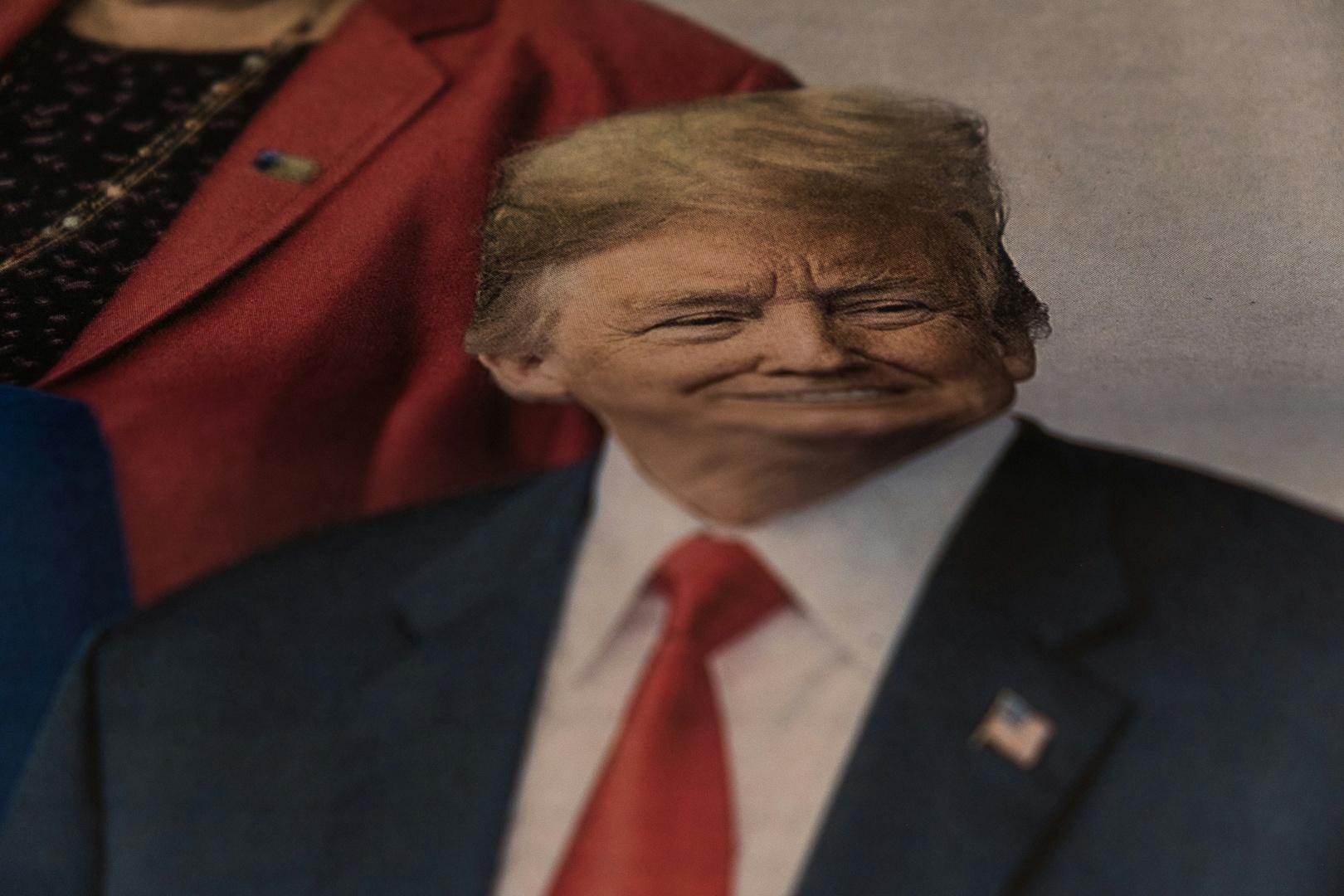The recent announcement from the Trump administration regarding the reversal of the Biden AI chip policy marks a significant pivot in the global landscape of advanced computing technologies. Set to take effect on May 15, 2025, this policy shift aims to dismantle the previous administration’s intricate three-tier regulatory framework, which was designed to control the diffusion of artificial intelligence technologies across borders. The Biden administration’s ambitious Framework for Artificial Intelligence Diffusion sought to create a stratified technology landscape that would have far-reaching implications for international trade, innovation, and geopolitical relationships, particularly with respect to China. According to the Commerce Department, the Trump administration perceives the existing approach as fundamentally flawed, characterizing it as ‘overly complex’ and ‘bureaucratic.’ A spokeswoman emphasized, ‘We will be replacing it with a much simpler rule that frees American innovation and ensures American AI dominance.’ This shift represents a fundamental change in how the United States intends to balance national security concerns against commercial interests in the rapidly evolving AI sector.
To understand the implications of this policy reversal, it is essential to examine the now-defunct three-tier system established by the Biden administration. The framework categorized countries based on their access to advanced AI chips into three distinct tiers. The first tier included 17 countries and Taiwan, granting them unlimited access to cutting-edge AI technologies. The second tier, encompassing approximately 120 countries, operated under strict numerical caps on their imports, effectively limiting their ability to access advanced chips. The third tier, which included nations such as China, Russia, Iran, and North Korea, faced a complete embargo on these technologies. This structured approach aimed to prevent sensitive technologies from reaching adversarial nations through indirect channels while still facilitating access for allies and neutral countries. However, critics highlighted that the complexity of this system would lead to significant compliance burdens for companies and might prompt international partners to seek alternative suppliers.
In stark contrast to the tiered system, the Trump administration appears to be gravitating towards a more streamlined global licensing regime, supported by inter-governmental agreements. Sources indicate that this new approach could provide greater flexibility in maintaining control over sensitive technologies while fostering innovation. The timing of this announcement is particularly noteworthy, as President Trump prepares for diplomatic engagements in the Middle East, where countries like Saudi Arabia and the United Arab Emirates have expressed dissatisfaction with the existing restrictions on their acquisition of AI chips. Such geopolitical dynamics underscore the administration’s intent to recalibrate its approach to international technology trade as it seeks to maintain a competitive edge in the global AI arena.
The immediate market reaction to this policy reversal has been telling. Shares of Nvidia, the preeminent manufacturer of chips utilized in AI model training, rose by 3% following the announcement, reflecting investor optimism. However, this positivity was somewhat tempered by a 0.7% dip in after-hours trading, highlighting the mixed sentiments within the financial community. Nvidia CEO Jensen Huang has been an outspoken critic of the increasing restrictions imposed by the U.S. government. He argues that American companies should be free to pursue business opportunities in China, a market that he estimates could balloon into a $50 billion industry for AI chips within the next few years. Nonetheless, it is crucial to note that the Trump administration’s stance does not signify a complete abandonment of export controls. The administration has demonstrated its commitment to taking decisive action against China, exemplified by its recent decision to prevent Nvidia from selling its H20 chip there—a move that reportedly resulted in $5.5 billion in writedowns for the company.
As the policy landscape shifts, the implications for various countries and corporations are complex and multifaceted. Nations like India and Malaysia, which had not faced stringent chip restrictions prior to the Biden administration’s introduction of its export controls, may experience a temporary reprieve. In particular, Malaysia stands to benefit from this policy change, as companies like Oracle Corporation have ambitious plans for data center expansions that would have previously exceeded the limits imposed by the Biden rules. Similarly, countries in the Middle East, notably the UAE and Saudi Arabia, which have been grappling with AI chip export restrictions since 2023, may find themselves in a more advantageous position for negotiating favorable terms under the new regime. Trump’s keen interest in easing restrictions for the UAE could lead to the establishment of a government-to-government AI chip agreement during his upcoming visit to the region from May 13 to 16. The UAE’s proactive stance in pursuing such agreements, reinforced by its commitment to invest up to $1.4 trillion in U.S. technology and infrastructure over the next decade, illustrates the high stakes involved for nations aspiring to position themselves as leaders in the AI sector.
However, as the Trump administration forges ahead with its plans to revise the control schemes, considerable uncertainty looms over the regulatory environment. Axios reports that the new control framework could take the form of either a new rule or an executive order, yet the transition phase brings forth ambiguity for companies like Nvidia regarding the regulatory landscape they will encounter in the near future. While the new framework is being developed, existing chip export controls will remain in effect. There are indications that the new strategy may involve imposing additional restrictions on countries that have been identified as diverting chips to China, including Malaysia and Thailand—factors that could complicate the already intricate global supply chain dynamics.
The discourse surrounding this policy change reveals a divided sentiment among industry stakeholders. While many chip manufacturers have lobbied vigorously against stringent export controls, some AI firms, such as Anthropic, advocate for maintaining protective measures that safeguard U.S. intellectual property and technological superiority. This divergence reflects the broader challenge of balancing national security interests with the imperative of fostering commercial growth in a competitive international landscape.
The Biden administration’s export controls were crafted to mitigate access to chips that are critical for cutting-edge AI development, particularly targeting Chinese firms that have sought indirect avenues to procure technology that existing restrictions have denied them. The challenge for the Trump administration lies in creating a balanced strategy that addresses these national security concerns while simultaneously promoting American commercial interests. Establishing agreements with a diverse array of countries eager to acquire advanced AI chips will necessitate deft navigation of complex diplomatic relationships, potentially resulting in the creation of multiple distinct policy frameworks. As of now, the Commerce Department has not provided a specific timeline for finalizing or implementing any new regulations, merely indicating that discussions are ongoing regarding the optimal path forward.
In conclusion, the shift in AI chip policy announced by the Trump administration reflects a broader emphasis on American competitiveness and innovation, while still maintaining oversight of technologies with national security implications. As officials work diligently to craft a replacement framework, the global AI chip market remains in a state of flux, presenting profound implications for technological advancement, international relations, and corporate strategies in an evolving artificial intelligence landscape. The consequences of this policy change will likely reverberate through the industry as countries recalibrate their strategies in response to the new regulatory environment, and as companies adapt to the shifting competitive dynamics that define the future of AI technology.


